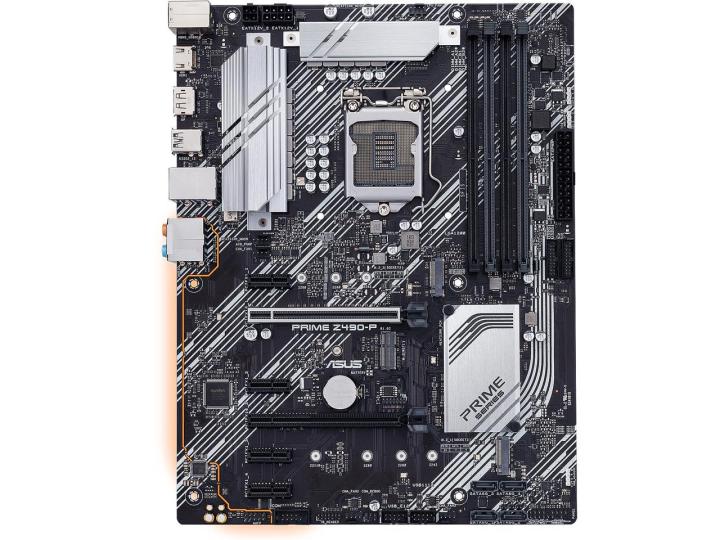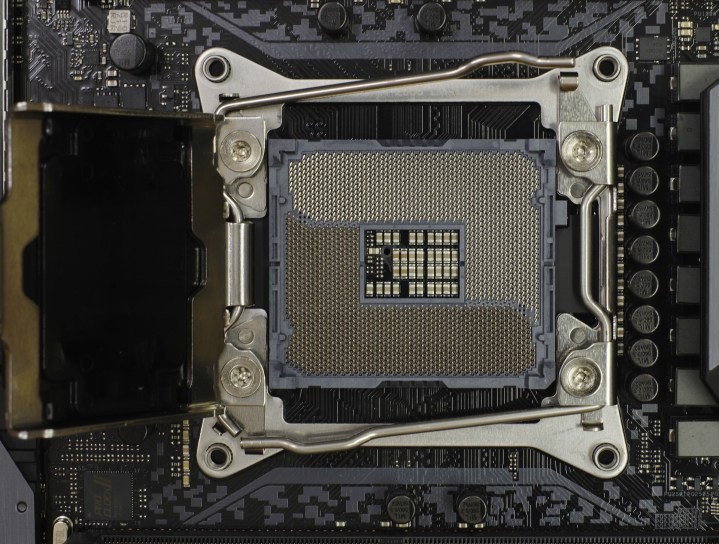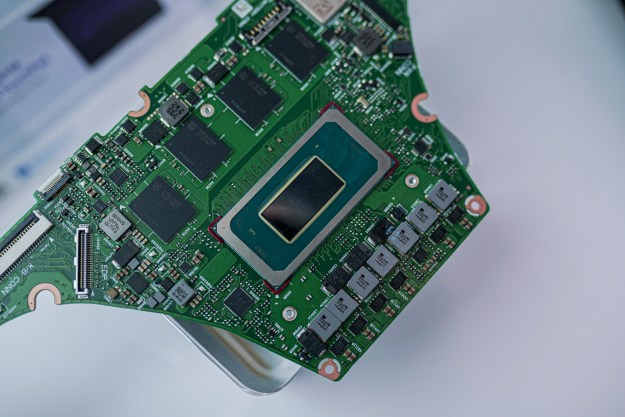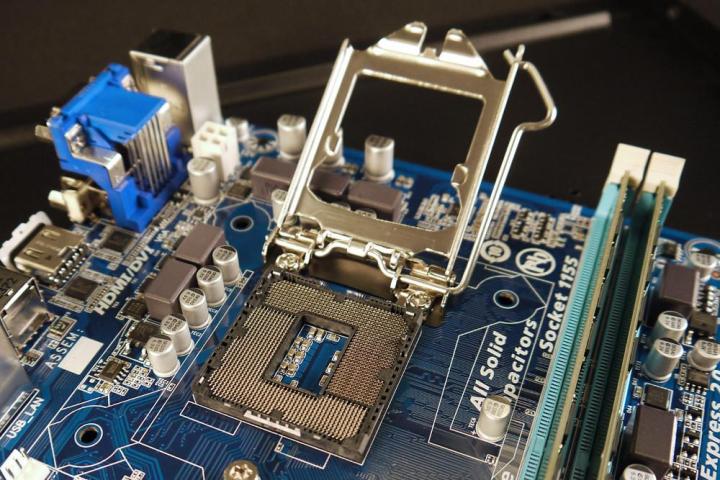
Intel has continually updated its LGA socket over the years, adding more pins and different designs to expand functionality. Here’s everything you need to know about Intel’s LGA CPU sockets.
The skinny on sockets
The socket is the physical interface a processor connects to. In the case of an LGA socket, it consists of a series of pins that correspond to flat connectors on the bottom of the processor. When new processors require a different array of pins due to their design or improved functionality, a new socket is born. Since Intel is a primary creator of processors, the sockets the company designs are particularly important, so knowing the LGA that your new hardware is compatible with is important. If you’re curious, the other big manufacturer, AMD, uses its own equivalent, called PGA sockets.
Physically, sockets are always located on a computer’s motherboard. They can’t be upgraded without changing the motherboard entirely, so upgrading to a new generation of processor can require a complete system rebuild — though other components like the PSU, memory, and graphics card can usually be ported over.
If you’re here specifically to find out what socket you have and what socket your processor supports, Intel has an excellent guide on doing just that.
LGA 1200
The latest socket upgrade from Intel is the LGA 1200. This is the new socket design on 400-series motherboards that were released in 2020 specifically for Intel’s 10th-generation processors, and they have 49 more pins than before. These Comet Lake-S processors are more efficient than the previous generation and have the ability to support up to 10 cores. They also support a variety of additional tech, including HEVC, HDR, and VP9 10-bit encoding. This socket represents a key design shift, and they are not backward compatible with the older 300-series chipset.
Intel is sticking with LGA 1200 for its 11th-generation processors, too. These processors use Intel’s new 500-series chipsets, though they still use the same socket.
You’ll find the LGA 1200 socket on H410, B460, H470, Q470, Z490, and W480 chipsets. The 500-series chipsets are coming soon, and they’ll likely use the same naming scheme (we already know about Z590, at least). Despite using the same socket, 500-series motherboards have some improvements. Z590 motherboards, for example, support PCIe 4.0 and come with more PCIe lanes to the CPU.
LGA 2066
The LGA 2066 was released in 2017 as part of Skylake-X and Kaby Lake-X processors and was designed primarily for higher-end desktop computers. It was made to directly replace the LGA 2011-3 socket.
LGA 3647

LGA 3647 is a special type of socket specifically made in 2016 to be used on Xeon and Skylake-SP processors, with support for a six-channel memory controller, non-volatile 3D XPoint memory, and Intel’s UPI. There are a couple of different designs depending on if the chip was made for a Skylake or Xeon processor. You’ll see these primarily in server setups.
LGA 1151

LGA 1151 was released 2015, designed to accept the new Skylake class of 14-nanometer processors, the sixth-gen Core designs with product names in the 6000 series.
The design supports six different chipsets, from lowest power to highest: H110, B150, Q150, H170, Q170, and the most performance-oriented, Z170. Compared to the equivalent chipsets on the slightly older LGA 1150 line, all of them support more USB 3.0 connections, faster DDR4 RAM DIMMs (though some motherboards can also be equipped with older and cheaper DDR3 RAM), and for the low-end chipsets, more SATA 3.0 connections.
All LGA 1151 compatible chipsets, except for Z170, restrict overclocking to the GPU only — if you want to overclock your CPU or RAM, you’ll have to opt for the high-end chipset. SATA RAID support is included only on the H170, Q170, and Z170 chipsets, and only the Q170 adds support for Intel Active Management, Trusted Execution, VT-d, and Vpro. Support for these technologies is contingent upon a compatible sixth-gen Core processor.
LGA 1150
Socket LGA 1150 is designed to accommodate the Haswell (fourth-gen Intel Core) processors. This socket also supports the handful of fifth-gen Core desktop chips that came to market.
Like other Intel sockets, it can be found on six different chipsets; H81, B85, Q85, Q87, H87, and Z87. The first trio (H81, B85, and Q85) can be considered the entry-level line. None of them offer support for Intel’s more advanced features, like Intel Rapid Storage and Smart Response.

We’ve rounded up all the LGA 1150 processors on Newegg for a closer look. These chips also include Devil’s Canyon processors, a line that has now been discontinued (which is why you don’t hear it discussed in the same way as Skylake, etc.).
LGA 1155
The oldest socket we’ll cover in this guide, Intel’s LGA 1155 arrived alongside the second generation of Intel Core processors. The socket served as the mainstream option, so most of Intel’s Sandy Bridge line of CPUs is compatible with it. High-end processors, like Intel’s six-core models (called Sandy Bridge-E), are the exception; we’ll talk about their socket next.
LGA 1155 is a cross-generation socket. Though built for Sandy Bridge (Intel Core second-gen), it also accepts Ivy Bridge (Intel Core third-gen) processors, which means that owners of an old LGA 1155 motherboard absolutely have some upgrade options available. Upgrading from an old Sandy Bridge dual-core to an Ivy Bridge quad (like the Core i5-3450, for example) can provide a major boost in performance.
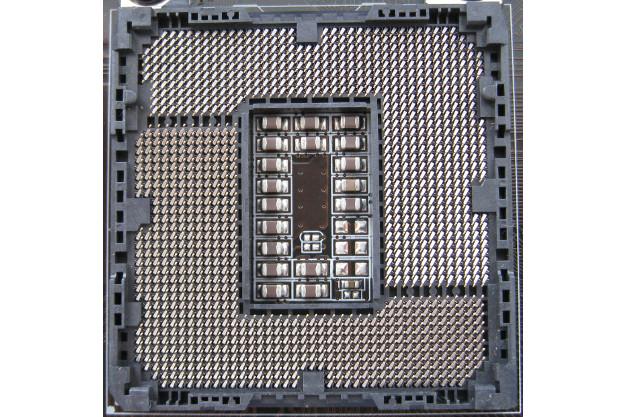
Twelve motherboard chipsets have this socket. The older line of chipsets includes B65, H61, Q67, H67, P67, and Z68, and all were released alongside the Sandy Bridge processors. The launch of Ivy Bridge brought the B75, Q75, Q77, H77, Z75, and Z77. All of these chipsets have the same socket, but some features are disabled on the low-end chipsets.
Note, though, that old LGA 1155 motherboards often won’t work with new processors unless you upgrade the BIOS. You can usually find a compatibility list on the manufacturer’s support site. Check it before you make a purchase.
LGA 2011
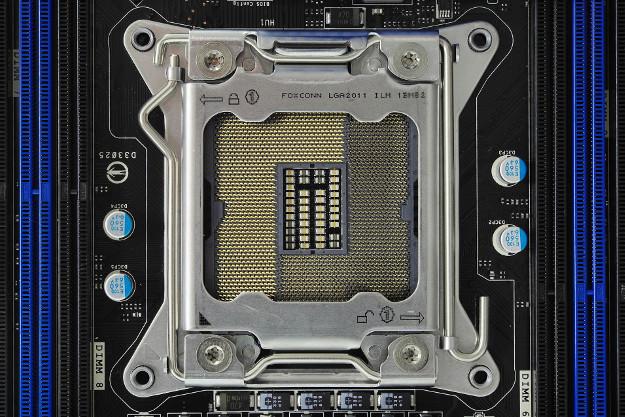
Intel’s LGA 2011 socket arrived after 1155 and served as Intel’s extreme high-end chipset for Sandy Bridge-E/EP and Ivy Bridge-E/EP processors. The socket is designed for six-core processors and for Intel’s full line of enterprise chips (the Xeon series).
There are actually six chipsets for this socket, too, but only one is relevant to consumers: X79. This is the chipset built for Sandy Bridge-E and Ivy Bridge-E processors. The other chipsets are intended for Xeon processors, which are almost always a waste of money for home users.
Other sockets to note
Here are a few other Intel sockets that some readers may still have, but that are probably too old to upgrade.
LGA 775: This socket is ancient. It was used for a wide variety of Intel Pentium 4, Intel Core 2 Duo, Intel Core 2 Quad, and other CPUs from 2006 until the release of LGA 1366. These systems will need a serious upgrade because, in addition to the outdated socket, chipsets compatible with LGA 775 mostly used DDR2 RAM, though a few late-model motherboards were DDR3 compatible.
LGA 1156: The LGA 1156 came out in 2008, a release that coincided with a new line of processors. Designed to replace the LGA 775, the 1156 marked a new era of cooling systems. Note that the LGA 1156 was discontinued in 2011, and there are no upgrade paths for this socket that is outdated by today’s standards.
LGA 1366: This socket, or Socket B, is a newer, more advanced version of the LGA 1156. Like the LGA 1156, the first version (LG 1366) featured an Intel Core i7 in 2008 and last used in 2011. Both sockets have similar characteristics, but the LGA 1366 has better performance.
Intel’s CPU socket offerings vary with changing technology. Engineers are constantly changing processors’ architecture, so they need to change sockets, too. The changes can confuse people in terms of different chipsets’ capabilities and compatibility, but it’s likely to continue.
Intel sometimes discontinues older processors as newer tech comes around, making finding replacements and upgrades challenging. Sometimes, you can upgrade an old socket to run new processors, but it requires a lot of research to find the right solution.
Editors' Recommendations
- Some Intel CPUs lost 9% of their performance almost overnight
- Best tools to stress test your CPU
- Nice try, Intel, but AMD 3D V-Cache chips still win
- Intel just launched the ‘world’s fastest’ CPU
- The best processors in 2024: AMD and Intel CPUs duke it out
